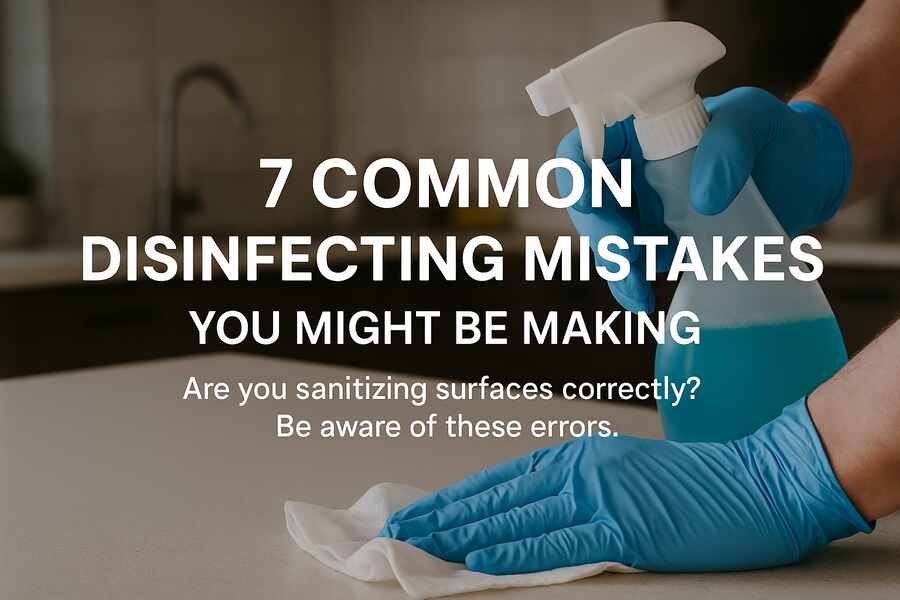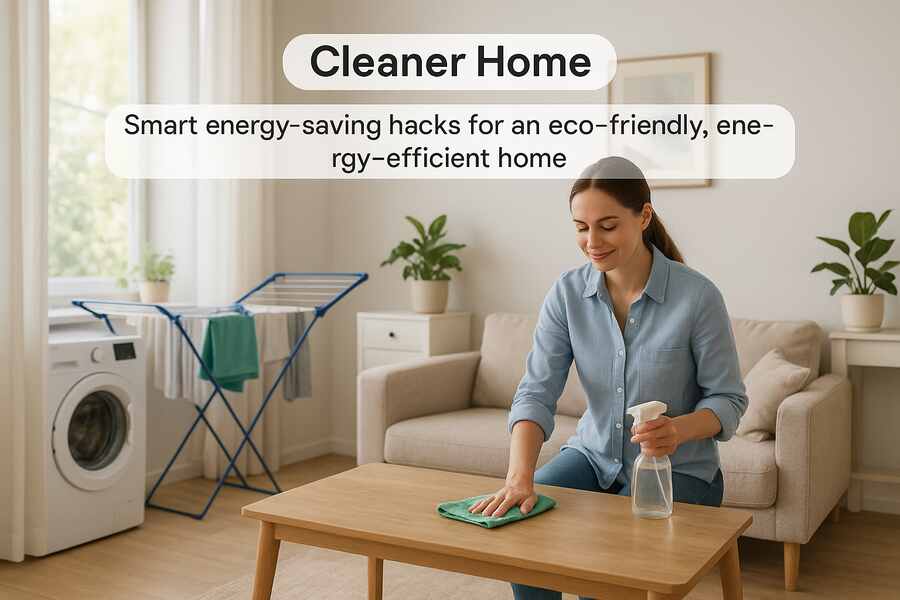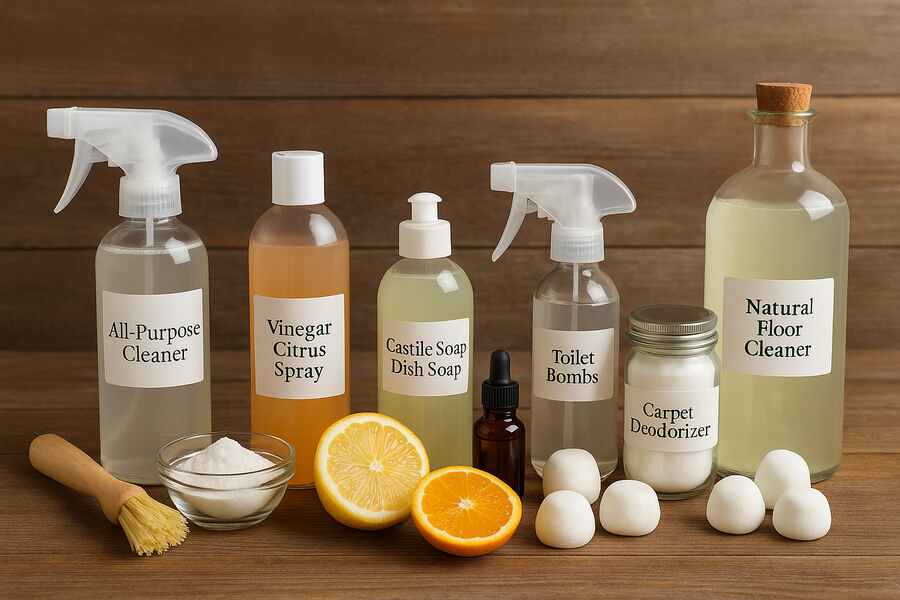7 Common Disinfecting Mistakes You Might Be Making

Common Disinfecting Mistakes: 7 Errors You Might Be Making
Do you know that you are disinfecting your home properly? You are quite sure about that? In the modern world, we should be keener than ever to maintain a clean and germ-free space around us. Disinfectant wipes, sprays and sanitising routines are now a common part of our daily reality, yet merely applying disinfectants does not always result in an effective application of the disinfectant. Most people are making a lot of these mistakes, which may make our cleaning look unfruitful without us noticing.
This blog will clear up the fog and enable you to clean more smartly rather than forcefully. No matter whether you are cleaning kitchen counters or cleaning the bathroom with a high-impact clean, it is important to remember that it is just as important to learn what not to do rather than the correct practices. Thinking about seven disinfecting mistakes you could be making, and how to set them right to make your home healthier and cleaner.
1. Wrong Product Product used in the Wrong Job
Not every cleaner is disinfectant, and not every disinfectant is used on all surfaces, as per Bond Cleaning Sunnybank. This myth unfavourably affects many individuals because they incorrectly believe that cleaning sprays will kill germs instead of being safe. In order to sanitise, you require an HEPA-registered or certified disinfectant, which indicates that it will eliminate bacteria and viruses. There is always the need to check the labels to get the efficiency in cleaning the places with high touch like doorknobs, counter tops and light switches.
2. Failure to Read the Label with Care
Every disinfectant also comes with its guidelines, particularly on the so-called contact time, meaning how long the surface should be wet with the detergent in question so as to kill the germs. This is one of the mistakes that is often ignored as the surface is wiped off earlier than it is supposed to be done. When a product states to leave it on for 5 minutes, and after 30 seconds, one would wipe it off, then its germ-killing abilities would be significantly down.
3. Wrong Order of Cleaning and Disinfecting
Disinfectants are not very effective on dirty surfaces. It is a common mistake among many people to apply a spray containing disinfectants on a surface on which some visible dirt, grease or food particles remain. First of all, you should clean it with soap or a general cleaner, and after that, you should use a disinfectant. The two-step process will make sure the disinfectant comes into as near contact as possible with the surface and work accordingly.
4. Dirty Cloths or Sponges Resealing
The same rag or sponge could transmit more germs than it takes away. Unless you clean your cleaning cloth, chances are that you are transferring bacteria all over the place. Choose disposable disinfecting wipes or cloths made of microfiber and wash cloths after each cleaning run in hot and detergents water.
5. Ignoring High-Touch Areas
Now you can easily bring to mind the kitchen counter, the bathroom sink, yet when was the last time you cleaned light switches, remote controls, refrigerator handles and drawer pulls, and your phone? These hands-on things are areas where germs can build up, and they must be kept clean. Using disinfectant wipes or sprays once a day does wonders to…
6. Applying Insufficient Product
The other piece of poor practice that is quite frequent is a lack of applied disinfectant. It can just be a tip of a wet cloth/1/2 a sprinkling of liquid residue, and appear to be acceptable, but it will not maintain the surface wet enough in most instances to ensure the needed contact period. Apply a lot of sprays and wipes, leaving the surface looking visibly misty as stated on the label.
7. Ignoring Good Ventilation
The disinfectants are normally composed of strong chemicals like bleach or ammonia, and they are bound to inflame your eyes, skin and lungs when used in an enclosed room. The right ventilation during disinfections, too, must take place since, in a room where air does not move well, chances are that the fumes will form, and this can be detrimental. Disinfection should also be carried out with good air flow through opening windows or supplying a fan, especially in bathrooms and kitchens
Bonus Tip: Consumption of Expired or Incorrectly Stored Items
Not all disinfectants are efficient at all times, especially when it comes to ineffective disinfectants that are kept in sunlight or in extreme temperatures. Look at the expiry date and how to store the bottle before use. A stale product may look and smell clean, yet it will not perform any better in the fight against harmful microbes.
Wrapping Up
Cleaning your home based on disinfection is not merely a case of trying to wipe surfaces and praying to God. It is all about taking the correct steps, taking the correct products and knowing how the product works. Thanks to not making the seven mistakes that every person makes, you will be much more efficient in your work and expose your surroundings to much less danger.
It is not only a house which is tidy, but also, it is the foundation of the feeling of certainty, it keeps you and your dearest people healthy. So when you want to spray a bottle and clean up something or wipe down a surface using a disinfecting wipe, take the right precaution and disinfect confidently next time.


